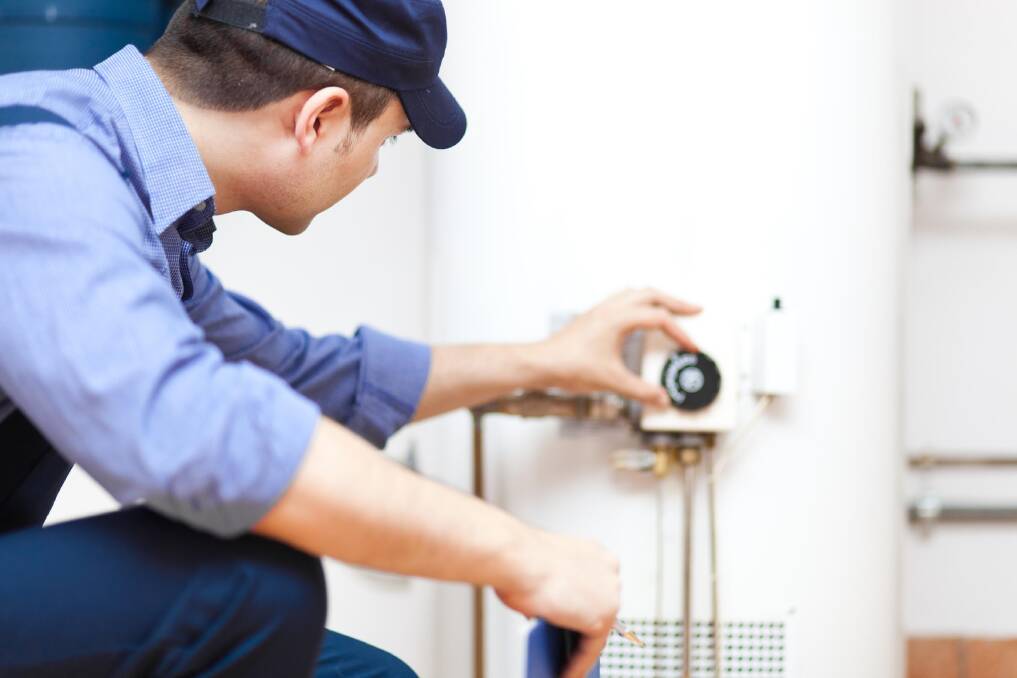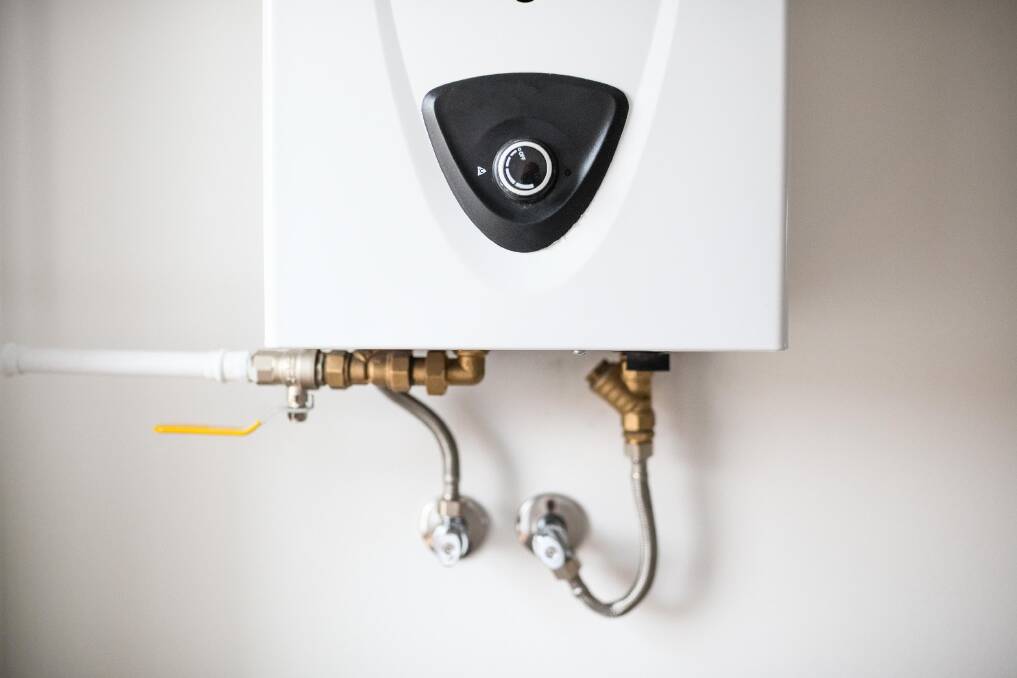Five safety tips for using hot water at home

This is branded content.
Heating devices that provide hot water are considered a basic necessity in your home. This type of device is known as a water heater.
What's not to love about them? You depend on this equipment every time you take a bath, shower, or clean and cook with hot water.
Hot water is used to remove stubborn stains on your clothes and even to make dishwashing easier. It's essential to have hot water in the house, but its temperature can also be dangerous.
Household and commercial tank water heaters produce continuous hot water by storing it in a cylindrical container. The units usually have a power source such as electricity or gas, and they are placed in storage cabinets or garages at homes.
Check this site out if you need water heater maintenance or solutions. Remember that taking proper care of your water heater will help ensure its effectiveness and extend its lifetime. Even though they look innocuous, if left unattended, water heaters can cause harm to your home and your family.
Hence, it's crucial to follow the following safety tips when using hot water in your home:
- Check the water heater's ventilation
If vents are improperly positioned, drafty, or inoperable, fumes will enter the house instead of venting outdoors. While ventilating your water heater is quite technical, you should make sure that there are no dips in them.
The pipes should be for outward travel (rather than uphill) and have the same diameter as the diverter of the tank. Also, make sure you screw in vents properly, especially in earthquake-prone areas. In this way, they will be placed securely despite strong earthquakes or other accidents.
- Control the temperature
For residential tanks, the temperature is typically set at warm, slightly hot, or very hot. The exact meaning of these settings can vary greatly, but a temperature of 120 degrees is considered optimal at the tap, measured using a food thermometer.
Maintaining this temperature is critical for killing germs and protecting your family from scales. Baby skin is thinner than that of adults, so this means their skin burns faster at lower temperatures. When bathing a baby or toddler, you should frequently check the water temperature with your wrist or elbow first.
Make sure your water heater is set to the lowest temperature before leaving for vacation or leaving the house for some days. The savings are considerable, as well as the reduced risk of problems during your absence. Also, this is one effective way to keep your heating bills down.
- Strap your water heater
Even living outside an earthquake zone, you should still secure your water heater by strapping it. Ensure to invest in reliable and robust straps that are sufficient enough to carry the weight of the heater.
They should be permanently put in place, and you can check them regularly to prevent any strap malfunctions. This is especially important when it comes to maintaining the safety of gas water heaters. In the event of a falling water heater, it could cut the gas line, resulting in an explosive disaster.
- Check your temperature or pressure relief valve
Water heaters are equipped with temperature and pressure relief valves to prevent explosions if they reach an unsafe temperature or pressure. To avoid damages to your valve, you should check it at least once a year by releasing the handle.

Water should flow freely but should stop once you release the grip. If water does not flow or drips minimally, this indicates that the valve needs to be replaced. Likewise, the drain lines should run downward, not upward. When these faults occur, a valve may explode and cause extensive damage to your home or, even worse, injure or kill those living in your home.
- Inspect the temperature settings
The size and thermal requirements of a house influence the size of the water heater. Tanks with improper dimensions can reach dangerous temperatures at unsafe pressure levels, making them more likely to cause harm than tanks with appropriate sizes.
Be sure to get the water heater checked and approved as the proper size for your home if purchased by the previous owner. The temperature of a water heater should never be set higher than 120 degrees Fahrenheit. Scalding can occur when temperatures exceed 130 degrees, and legionella bacteria can thrive at that temperature.
Conclusion
These aren't all-inclusive precautions, but they serve as a good starting point. Call your reliable water heater contractor if you need to have your water heater assessed or maintained.
Remember to keep this device regularly checked, as its safety is crucial not only for your home but also for your loved ones' health and wellness.


